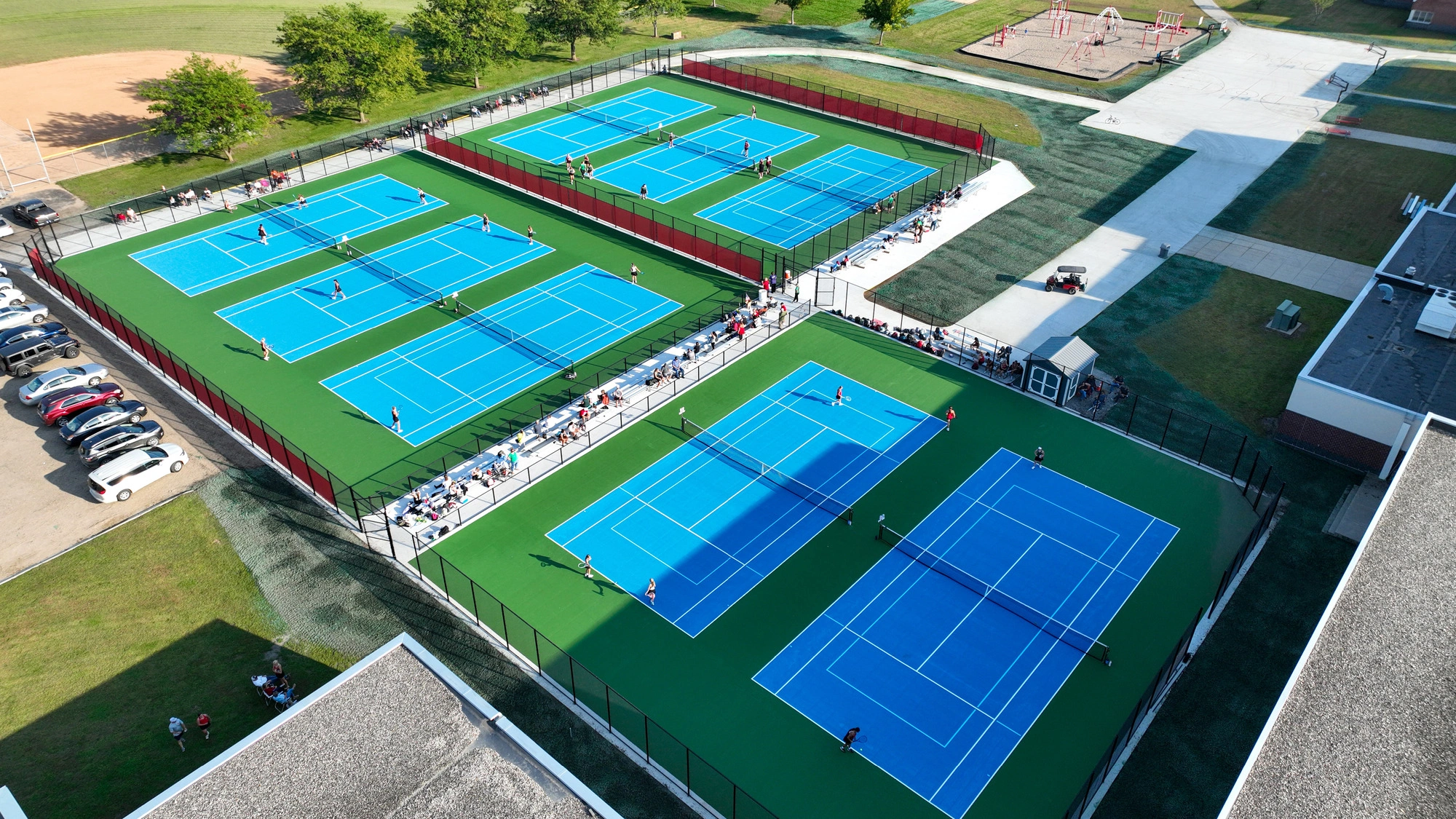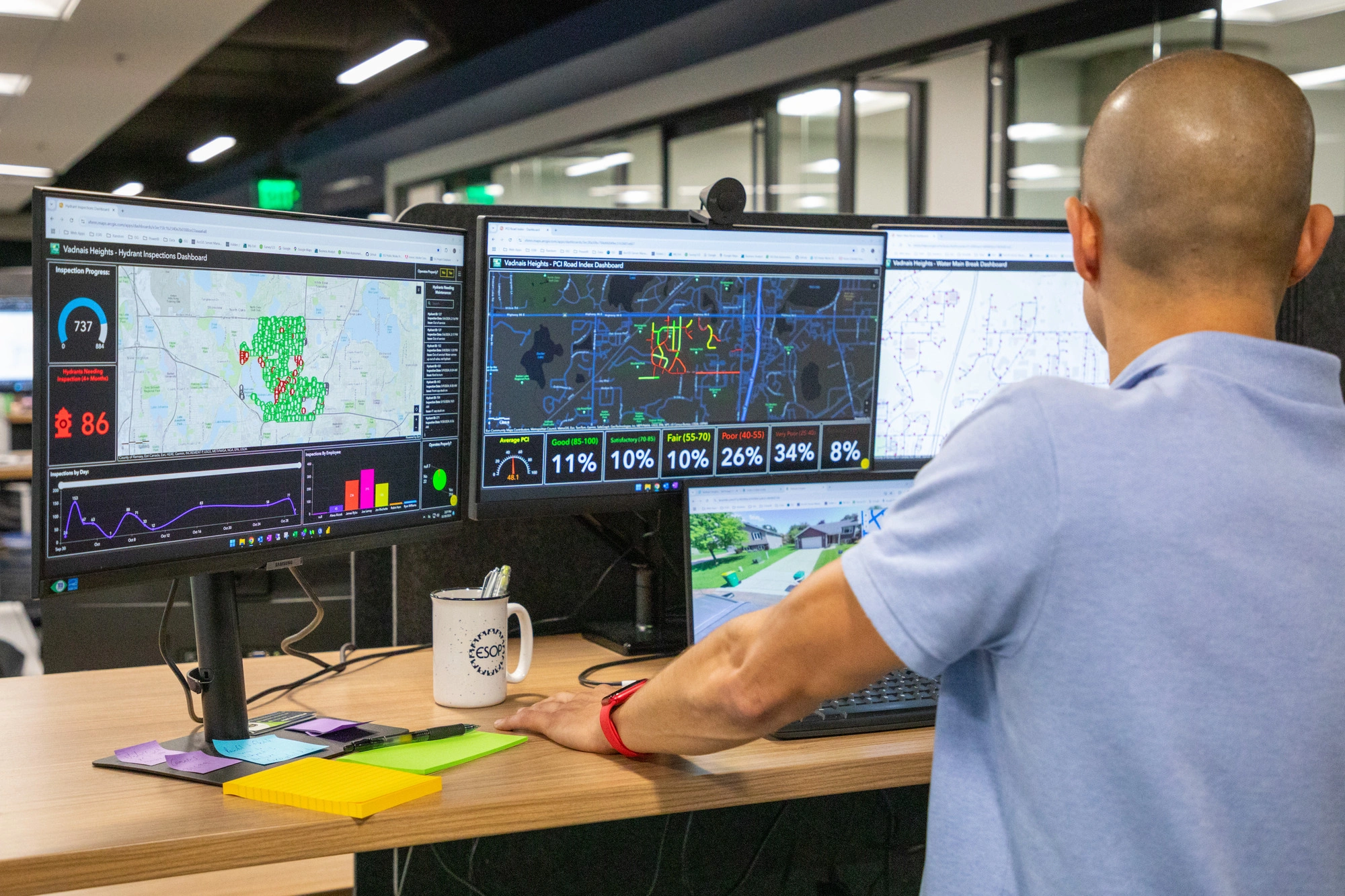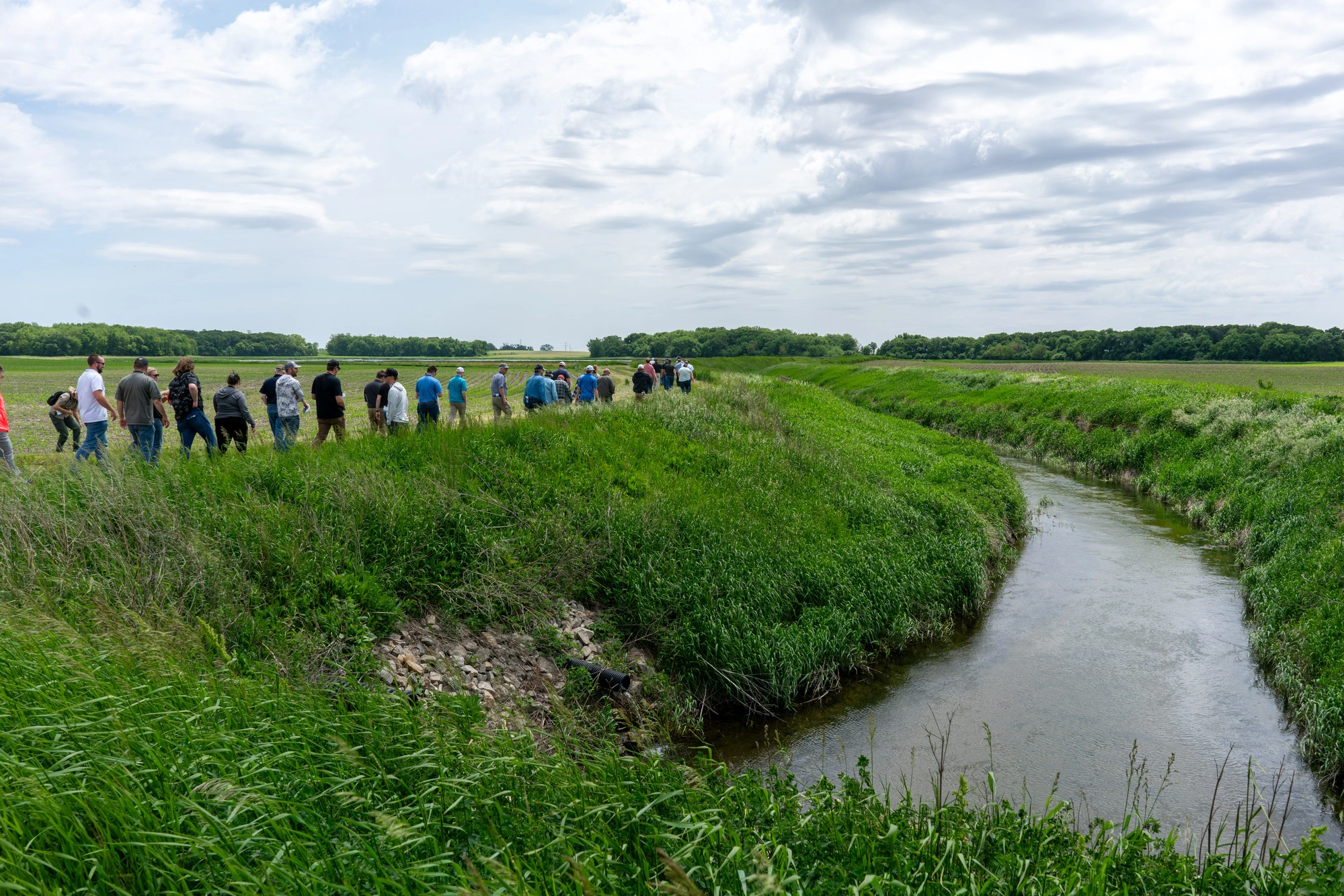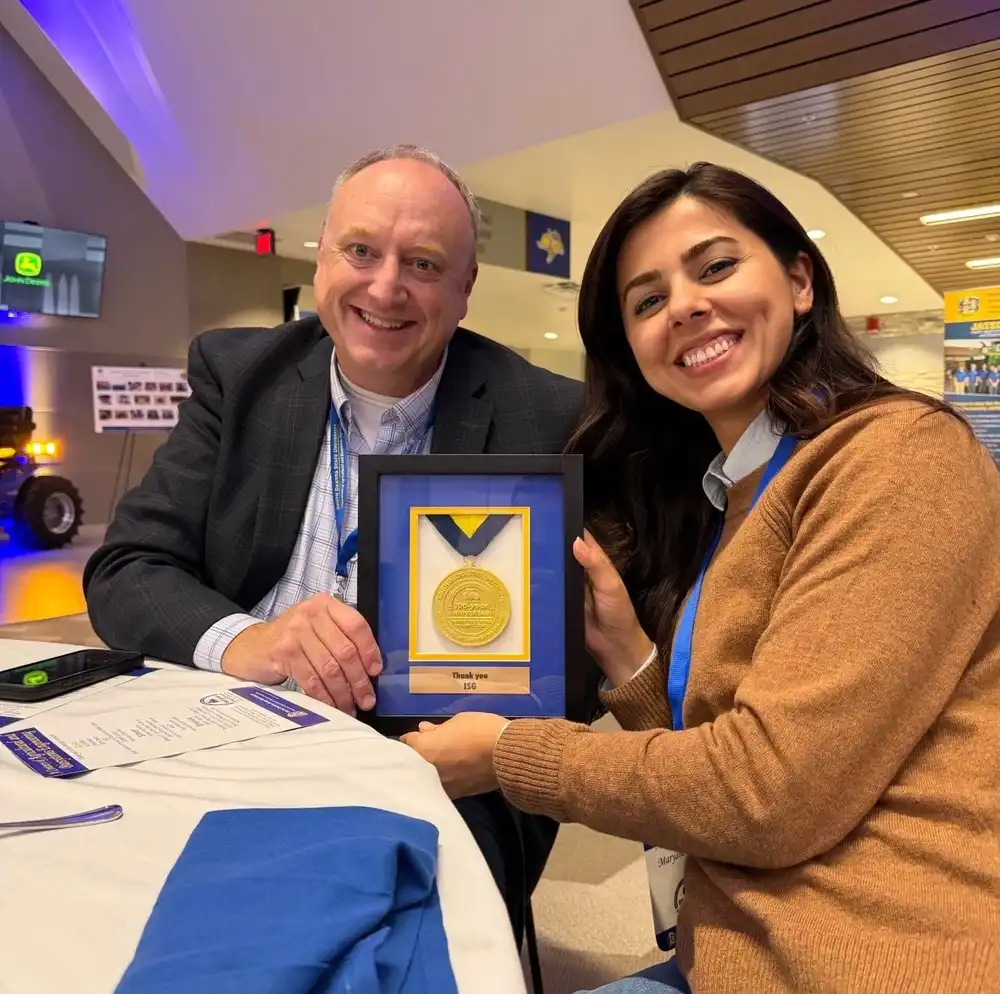Multimodal Systems + Complete Streets: Value. Opportunity. The Future.
From TV shows and music to restaurants and breweries, millennials crave options, and that is no different when it comes to transportation. In fact, according to the study Millennials and Mobility, more than 70 percent of people ages 18-34 use multiple modes of travel several times per week. But millennials are not the only group driving change when it comes to transportation. A study by the University of Michigan Transportation Institute found that older adults are driving less. Whether biking, walking, taking public transportation, hopping in the car – or often a combination– people use multiple methods of travel to get from one place to another – a term coined “multimodal” that is backed by a “complete streets” concept. Both integral in effective urban design and connectivity, key considerations should drive city changes.
Options + Accessibility
The core value of a multimodal transport system is the ability for each mode to complement one other and work together, and includes the concept of a “complete street.” According to Smart Growth America, a complete street may include sidewalks, bike lanes, bus lanes, comfortable and accessible public transportation stops, safe crossing opportunities, median islands, curb extensions, and more. All modes should be easily accessible from one to another. If one area is lacking, the whole multimodal model system can fail. Walking paths should be connected to public transit, private transit, and biking trails to allow for easy change up in mode of transportation. Planning for all modes of travel offers users more options, and in turn, their ability to access healthcare, jobs, shopping centers, entertainment venues, and more, which helps build vibrant communities. In addition to bolstering the economy, encouraging walking, biking, and public transit as modes of travel provides immense health benefits and can decrease negative environmental impact.
Public Transit
In 2016, Americans took 10.4 billion trips by public transportation. The number of reasons to use public transportation are countless, and have a positive impact on every segment in American society. In addition to being safer for the environment, public transportation offers anyone, no matter their walk-of-life or economic status, the ability to travel efficiently and economically. In a crowded city with a lot of traffic, jumping on the subway or bus will also get you to a destination much faster than sitting in stop-and-go traffic. Public transit in the multimodal realm also has a major impact on the economy. According to the American Public Transportation Association, every dollar invested into public transportation results in approximately four dollars in economic returns.
Walkability
From lower blood pressure to decreased risk of heart disease and diabetes, walking daily has tremendous impact on one’s wellbeing. When urban planners build walkable communities, they are building healthier communities. As part of an initiative to build a healthier state, Iowa is hosting its Annual Walk on October 4, 2017 with the goal of engaging at least 99 counties.
Economic benefits are also not solely limited to public transit. If more people are walking past local businesses, they will be more likely to stop in and shop. The more money spent at local businesses, the more money that is reinvested into the local economy.
Trails
Taking a trail ride on your bike is a great way to spend a Sunday afternoon, but recreation isn’t the only benefit to safe and sustainable trails. Like walkability, offering trails for bikers is vital to a well-rounded, environmentally friendly multimodal transportation system. Kids can ride their bikes to school, adults to work, and teenagers to friends’ houses -all without the worry of unsafe trail conditions. Some cities also offer the option to rent bikes, with a number of drop-off and pick up stations for accessibility near trails.
Harmony + Collaboration
A multimodal transport system can’t be built overnight, but it is a very achievable goal with the right expertise and phased approach. Offering multimodal transportation and a complete streets concept to a community requires harmony between all modes of transportation. By implementing a complete streets model into planning efforts, this allows many different means of transportation to be achieved together. Not all complete streets will look and feel the same. Each system will be tailored to the needs of the community with the sole purpose to balance safety, sustainability, and convenience for everyone sharing the road and within the community.

Related Articles

.webp)
ISG Recognized as a 2025–26 Emerging Professional Friendly Firm for the Fourth Consecutive Cycle
ISG has been honored as a 2025–26 Emerging Professional Friendly Firm by AIA chapters in North Dakota, South Dakota, Wisconsin, and Minnesota in recognition of its commitment to fair compensation, licensure support, mentorship, and growth for early-career architects.













